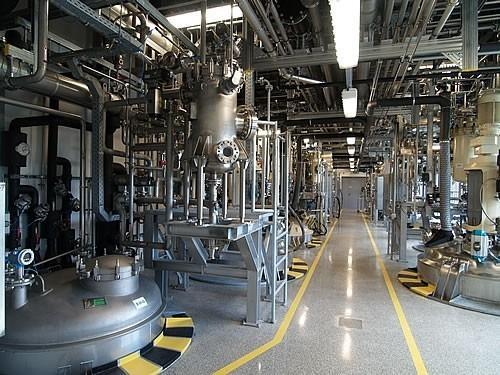00
MT + Annual Production Capacity
Sign Up to get updates & news about us . Get Latest Deals from Walker's Inbox to our mail address.

Para-toluene sulfonic acid (PTSA) solution is a liquid form of para-toluene sulfonic acid dissolved in water or an organic solvent. It retains the strong acidic properties of PTSA, making it useful as a catalyst in various chemical reactions such as esterification, polymerization, and dehydration processes.
| 1. | Appearance | : | Light yellow to Light brown colour solution |
| 2. | Purity as Para Toluene Sulfonic Acid-Monohydrate % (By Titration) | : | NLT. 70% |
| 3. | Free Sulfuric Acid % | : | NMT 2% |
| 4. | Acid Value (mg KOH/gm) | : | NLT 200 mg KOH/gm |
| 5. | Specific Gravity | : | 1210 +/- 20 |
| 6. | Water solubility % | : | Min 100% |
| 1. | Chemical Structure | : |  |
| 2. | Chemical Formula | : | |
| 3. | Molecular Weight | : | 190.02 gm/mol |
| 4. | Solubility | : | Easily Soluble in water, alcohol and ether |
240 Kgs HDPE Barrels/1000 Kgs IBC/ISO Tanks
Used as a curing agent in several resin-catalyst systems for casting and foundries.
1. What is the PTSA solution?
PTSA solution refers to a solution of p-Toluene Sulfonic Acid (PTSA), a solid organic acid widely used in various industrial and chemical processes. It is a colourless to pale yellow liquid, depending on concentration, and is typically used as a catalyst or reagent in organic reactions.
2. What is the CAS number for PTSA?
The CAS number for p-Toluene Sulfonic Acid (PTSA) is 104-15-4.
3. What is the molecular weight of PTSA?
The molecular weight of PTSA (p-Toluenesulfonic acid monohydrate) is 190.22 g/mol.
4. What is the density of PTSA?
The density of PTSA solution can vary depending on concentration. The solid form of PTSA has a density of approximately 1.24 g/cm³.
5. What is the melting point of PTSA?
The melting point of PTSA is about 103°C to 106°C for the monohydrate form.
6. What are the uses/applications of PTSA solutions?
PTSA solution is commonly used as a:
7. What are the safety concerns with the PTSA solution?
PTSA solution is corrosive and can cause skin, eye, and respiratory irritation. Proper safety measures should be taken when handling PTSA, including wearing protective clothing, gloves, and eyewear.
8. What is the chemical formula of PTSA?
The chemical formula of P-toluene sulfonic acid is C7H8O3S.
9. What is the role of PTSA solution in reactions?
PTSA acts as a strong acid catalyst in various organic reactions, speeding up processes like esterification and dehydration. It is often preferred over mineral acids for its high catalytic efficiency and selectivity.
10. Is PTSA corrosive?
Yes, PTSA is corrosive and can cause severe burns to the skin and eyes. Proper protective measures should be in place when using it.
11. How should PTSA be handled?
PTSA should be handled in a well-ventilated area, using appropriate personal protective equipment (PPE) such as gloves, safety goggles, and lab coats. In case of contact with skin or eyes, rinse immediately with plenty of water.
12. What is the solubility of the PTSA solution?
PTSA is highly soluble in water and also dissolves well in polar solvents such as alcohols and acetone.
MT + Annual Production Capacity
Expert Team Members
Satisfied Customers
Strategically located Manufacturing Units